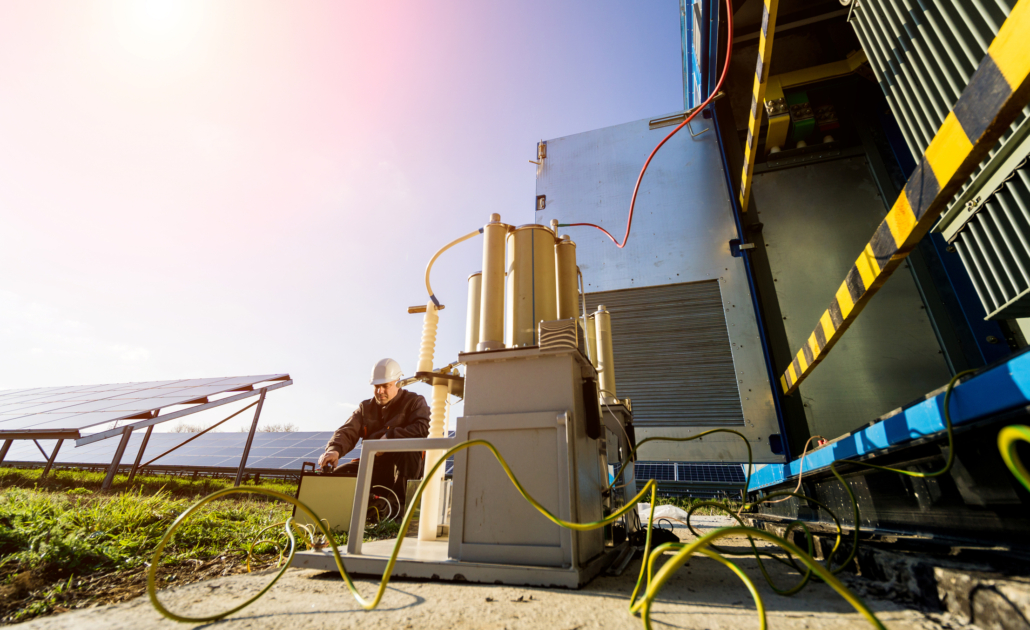Transformer replacement: when does it make sense to replace the old one with a new one
Transformers have a limited lifespan and therefore, if you have an older model, it may already be showing signs of wear and tear. This will manifest itself in a change in its performance, efficiency, but also in the safety of operation. The importance of transformers in the power grid is not negligible. They ensure the stability of the entire system, which raises the question of whether transformer replacement is necessary. What are the advantages of modern equipment and what options do you have for refurbishment? Is it worth more to renew and upgrade old equipment or invest in new equipment?
Each transformer has its life expectancy
Several factors affect the service life of a transformer, such as the temperature of the environment, the quality of the materials used, the intensity of operation and the method of maintenance. High loads and irregular maintenance can also shorten its lifetime, which is normally between 25 and 40 years. To minimize the risks of breakdowns, it is imperative that you carry out regular maintenance and monitor the condition.
Transformer replacement: problems associated with old equipment
As the transformer ages, there is a significant reduction in efficiency, leading to greater energy losses. This is because insulating materials and other components wear out over time. Core and winding losses increase with age. In addition, operating an old transformer often leads to higher costs. These can gradually exceed the cost of replacing or upgrading the equipment. Older transformers operate less efficiently, increasing electricity consumption, and require more frequent maintenance and repairs. Worn components increase the likelihood of failure and cause financial losses. Equipment failure can even lead to power outages. In addition, old transformers can also pose a hazard.

Advantages of modern transformers
Investing in modern transformers pays off. They can significantly improve the efficiency, safety and cost of operation of electricity networks designed to minimise energy losses. These are a particular problem in older installations. Thanks to advanced materials and optimised core and winding design, they convert electricity with much higher efficiency. New materials, such as high-quality steel, reduce core losses, which are independent of the load.
By replacing your old equipment with a new modern model, you can save significantly
New equipment requires less maintenance, reducing the cost of repairs and regular inspections. They last longer and deteriorate less.
The main benefits include improved reliability and safety of the transformers due to higher quality components, reducing the risk of unexpected faults and failures. Advanced safety mechanisms are also part of modern models. They constantly monitor the status of the equipment, and allow you to anticipate problems.
With the development of new technologies and materials, transformers are becoming more and more powerful, efficient and environmentally friendly.

Transformer replacement vs. upgrading
Replacing the old transformer with a new one is the best solution in the cases described above. However, refurbishing and upgrading older equipment can also be another solution. One of the most common methods is to repair or replace worn and damaged components such as windings, contact insulation or accessories. Not all damage requires total replacement.
In older models, there are often problems with insulation materials that can be solved with modern insulation and cooling systems. Older transformers can also be fitted with advanced monitoring systems that monitor the transformer in real time and allow abnormalities to be detected before they develop into serious problems.
If you are deciding whether to refurbish an old transformer or replace it with a new one, consider several factors
If the cost of refurbishment does not exceed the value of replacing the transformer and the transformer is still in good technical condition, refurbishment may be more profitable. However, replacement is more reasonable if the cost of refurbishment exceeds the cost of new equipment. Even if the transformer is showing serious wear, replacement is often the best solution.


